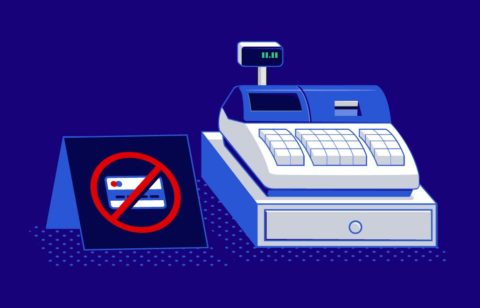Credit unions can be a good place for your finances, especially when it comes to loans. Unlike banks, they are nonprofits owned by their members so they can be more flexible in the interest rates they charge. If you’re looking into joining a credit union, consider your priorities to determine if it could be the best option for you.
The Pros
Better interest rates on loans
Credit unions typically offer higher saving rates and lower loan rates compared to traditional banks. If you have high-interest loans and are falling behind on your monthly loan payments, lowering that amount can make it easier to keep up. This is a great way to get back on track if your credit has been suffering.
High-level customer service
People generally come before profits when it comes to most credit unions, because anyone who joins one is considered a member rather than a customer. Members receive personalized service and a high-level customer service experience. As a valued credit union member, you can expect respect and care no matter where you stand financially.
Lower fees
Since credit unions don’t pay federal taxes, they usually charge lower fees. They also have fewer fees than banks.
A variety of services
When joining a credit union, be sure to check the services they offer. Many credit unions offer services similar to those offered at banks such as:
- Checking and savings accounts
- Credit cards
- Mortgage loans
- Consumer loans
- Vehicle loans
- Money transfers
- Online banking
- Financial literacy resources
If you’re looking to build credit and save money, joining a credit union might be worth looking into. However, it’s important to also be aware of the downsides that come with it.
People Also Read
The Cons
Cross-collateralization
Credit unions have more latitude than banks to collect unpaid loans. This is due to a concept called cross-collateralization. Let’s suppose you have your mortgage, credit card and checking account at the same credit union. If you were to fall behind in payments on the credit card, the credit union could take the money out of your checking account, which could cause your mortgage check to bounce.
In comparison, a traditional bank must get a court order before taking money from either your checking or savings account to cover a delinquent loan – even if both the checking account and loan are at the same bank.
This suggests it might be prudent to keep your checking and savings accounts at a bank and your credit card, auto loan or mortgage at a credit union. This way, your checking account won’t be cross-collateralized with your debts (credit card and mortgage). This will protect you from the danger of having money taken out of your checking account to pay an auto loan or mortgage.
Fewer branches, ATMs and services
Generally, credit unions also have fewer branches and ATMs than banks. However, some credit unions have offset this weakness by joining networks of surcharge-free ATMs.
Some credit unions are not insured. While the National Credit Union Administration insures accounts up to $100,000 for many credit unions, there are still some that remain unprotected. Some credit unions do not offer as many services as banks so it’s important to learn what they offer before opening an account or applying for a loan.
The biggest negative
The biggest con to credit unions is that in some cases you must be a member of a specific group of people in order to join. For example, the employees of the Public Service Company (a supplier of electric power) founded the Public Service Credit Union. For many years you had to be an employee of the company to join the credit union. However, many credit unions (including this one) have now opened their membership to just about everyone. Before you leap in, it would pay to make sure you can join the one you’ve chosen.
Is it better to belong to a credit union or a bank?
When choosing between a credit union or a bank, consider what’s most important to you. If lower fees and better rates are the most important factors, a credit union may be the right choice. However, a bank might be a better option if you’re looking for more convenient access to your finances.









